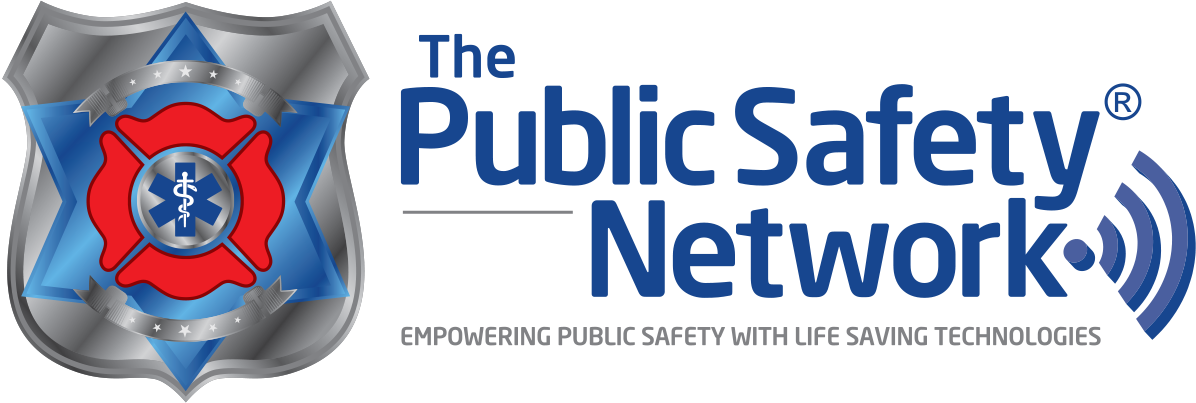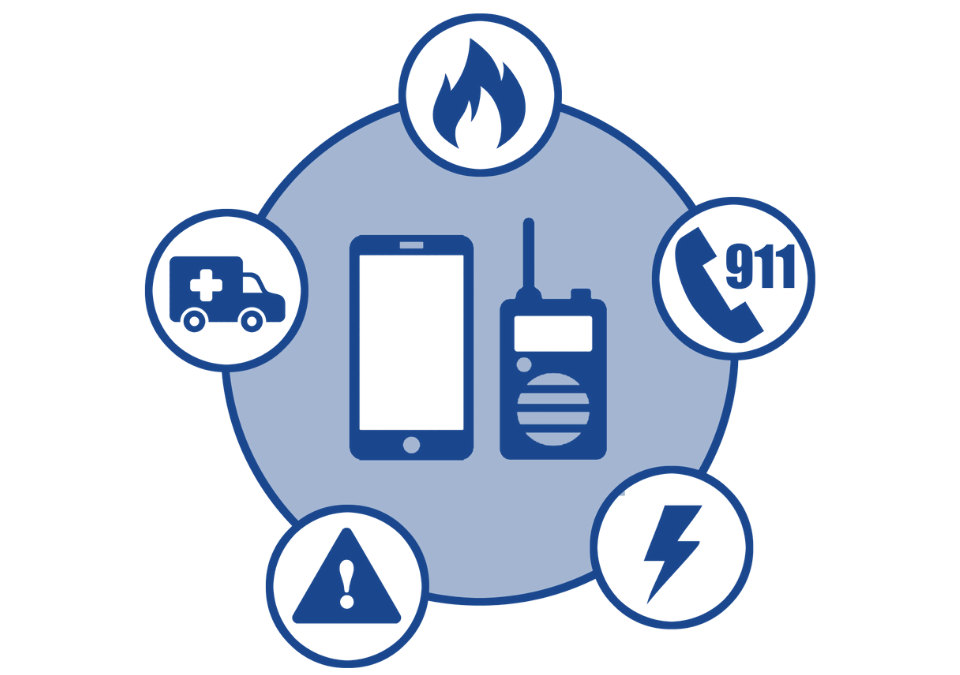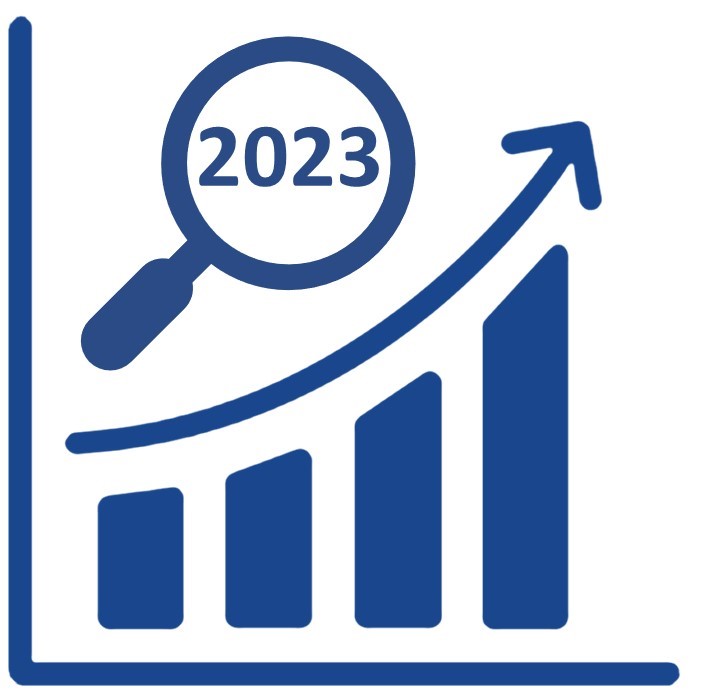
Privatizing Your Online Presence
September 27, 2022
Showcasing Technology and Developing Reference Customers in the Public Safety Market
November 18, 2022When natural disasters strike, communications systems typically take the hardest hit. Downed power lines and cell towers leave public safety agencies unable to receive calls and respond to emergencies. Utility companies are left with difficulties communicating outages to recovery crews. With natural disasters increasing in occurrence and impact, it only makes sense that companies are rolling out mobile and rapidly deployable products and services to provide lifesaving communications services to impacted areas.
Immediately following Hurricane Ian in September, wireless carriers and utility companies responded in force to restore power and communications. Many companies rolled out devices and solutions aimed at shortening the time without critical communications. AT&T launched a floating mobile hotspot near Sanibel Island, Florida to assist emergency services response and recovery efforts with wireless communications.
But often local first responders can’t wait for debris to be cleared and support to roll in. Hypha’s recently announced Range Extension (REX) Kit supports immediate communications needs during disastrous events and extends communications beyond existing network coverage. The rapidly deployable REX Kit creates a pop-up wireless mesh network anywhere, anytime. It can be used as a standalone, local network, or leverage satellite backhaul to access the wider internet. Solutions like this are game-changing by shortening or eliminating communication down times.
Post disaster communications support is not limited to hardware solutions. Software and app companies are also rolling out critical tools to assist emergency personnel with communication and information sharing during all stages of disaster response. Bridge4PS is a secure, first responder focused app designed to connect multiple agencies for real-time data sharing and communication. The app boasts strict, federally compliant standards allowing sensitive information sharing and data collection. When radio communications are impacted, apps like these are beneficial to first responders and utility agencies allowing them a secure platform to communicate.
Limited communication during recovery efforts can be just as disastrous as the event itself. Emergency personnel need reliable situational awareness solutions to monitor resources, collect data, and provide real-time event monitoring. That’s where software like FLORIAN comes into play. FLORIAN allows incident command to geofence specific areas of operation, track crews and apparatus, and real-time hazard notifications. With an option to sync and cloud backup, event recordings can be used for future incident planning, training, and post disaster relief assistance.
These are just a few examples of communications tools that have proved successful in all stages of disaster response and recovery. Public safety communications are not immune to disasters, but with the right technologies, operations can continue with limited disruption and allow for faster and safer disaster response.



